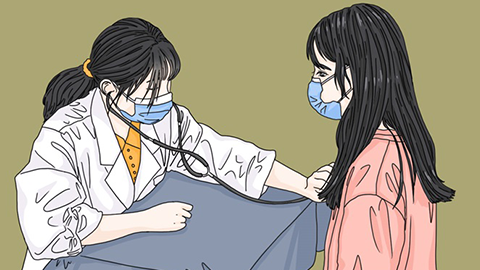Can a physical examination detect acute appendicitis?
In general, a physical examination can detect acute appendicitis, but additional tests are needed to confirm the diagnosis. The specific analysis is as follows:

During a physical exam, doctors can identify typical signs of acute appendicitis such as tenderness and rebound tenderness in the right lower abdomen through abdominal palpation. Combined with the patient's reported symptoms—such as migratory right lower abdominal pain and nausea—a preliminary diagnosis of acute appendicitis may be made. However, symptoms of acute appendicitis resemble those of other conditions like ureteral stones or pelvic inflammatory disease. Relying solely on physical examination findings and symptom description makes it difficult to differentiate definitively. Additionally, in some patients, the appendix may be abnormally positioned, leading to unclear tenderness during examination and increasing the risk of missed or incorrect diagnosis. Therefore, further diagnostic tools such as complete blood count (CBC), abdominal ultrasound, or CT scans are necessary to establish a definitive diagnosis.
When symptoms suggestive of acute appendicitis occur, prompt medical attention is essential. Avoid self-administering painkillers, which may mask symptoms and interfere with accurate diagnosis. During evaluation, patients should honestly inform the doctor about the onset time and specific nature of their symptoms and fully cooperate with all recommended examinations. Once diagnosed, treatment should begin promptly according to medical advice to prevent delays that could lead to complications such as appendiceal perforation. After treatment, adequate rest, a light diet, and close monitoring of recovery are important. If symptoms such as worsening abdominal pain or fever develop, immediate follow-up with a healthcare provider is required.








